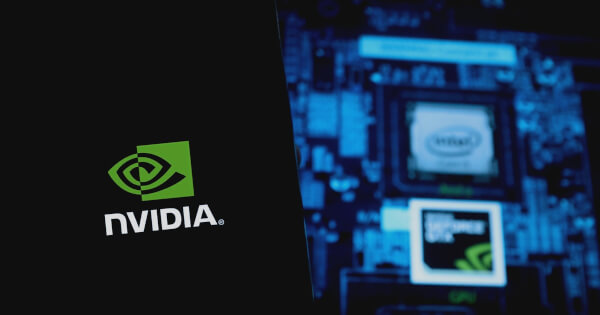NVIDIA’s Breakthrough AI Training Models Supercharge Robotics Evolution
NVIDIA just dropped a seismic shift in robotics—new AI training models that'll make machines learn faster than a Wall Street algo front-running retail traders.
The Brains Behind the Bots
These neural network beasts chew through training data like a crypto miner burns through electricity—except these actually produce something useful. Autonomous robots could now adapt in real-time, no more scripted movements that fail when reality gets messy.
Silicon Valley's New Gym Rats
The models act like digital personal trainers for robots, pushing them through simulated environments until they're shredded with precision. Think Olympic athlete discipline, but for warehouse pickers and surgical arms.
The Bottom Line
While NVIDIA's stock will inevitably moon on this news, remember: every 'revolutionary' robotics startup still needs 10 years and 20 funding rounds to ship a product that barely works. The future's coming—just slower than your average crypto hype cycle.

NVIDIA has unveiled groundbreaking advancements in robotics training, addressing the longstanding challenge of efficiently training robots for diverse tasks without extensive data collection. According to NVIDIA's blog, these innovations leverage generative AI and world foundation models (WFMs) to facilitate scalable synthetic data generation and enhanced robot learning.
World Foundation Models for Robotics
The Cosmos world foundation models (WFMs) are designed to predict future world states by processing millions of hours of real-world data. This capability allows robots and autonomous vehicles to anticipate events, thus accelerating the creation of high-fidelity training data. By using WFMs, Nvidia aims to reduce development time significantly, enhancing model robustness and enabling rapid adaptation to new environments.
DreamGen: A New Era in Data Generation
DreamGen, a synthetic data generation pipeline, tackles the expensive and labor-intensive process of collecting large-scale human teleoperation data. By utilizing WFMs, DreamGen creates diverse and realistic training data with minimal human intervention, facilitating scalable robot learning. The pipeline comprises four key steps: adapting WFMs to specific robots, generating synthetic videos, extracting pseudo-actions, and training robot policies with the resulting data.
Benchmarking and Workflow Innovations
DreamGen Bench is a specialized benchmark that evaluates the adaptability of video generative models to specific robot embodiments. This benchmark assesses models like NVIDIA Cosmos and WAN 2.1 on their ability to follow instructions and adhere to physical realism, ensuring the generated data is both realistic and task-relevant.
The GR00T-Dreams workflow, based on DreamGen research, generates large datasets of synthetic trajectory data, significantly reducing the time and effort required compared to traditional data collection methods. This workflow is instrumental in training robots for complex tasks and environments.
Latent Action Pretraining and Sim-and-Real Co-Training
Latent Action Pretraining (LAPA) is an unsupervised method that uses over 181,000 unlabeled videos to learn effective representations, eliminating the need for manually labeled data. This approach enhances robot learning efficiency, providing a substantial performance boost over existing models.
The Sim-and-Real Co-Training workflow combines real-world and simulated data to train robust robot policies, bridging the gap between simulation and reality. This method optimizes data diversity and camera alignment, ensuring robust policy development even in data-rich settings.
Industry Adoption and Future Prospects
Leading organizations are already adopting NVIDIA’s workflows to enhance their robotics capabilities. Companies like AeiRobot and Foxlink are using these models to improve the flexibility and efficiency of their industrial robots. The advancements in NVIDIA's research promise to set new benchmarks in robotics, offering scalable solutions for complex, ever-changing environments.
Image source: Shutterstock- nvidia
- robotics
- ai
- synthetic data

